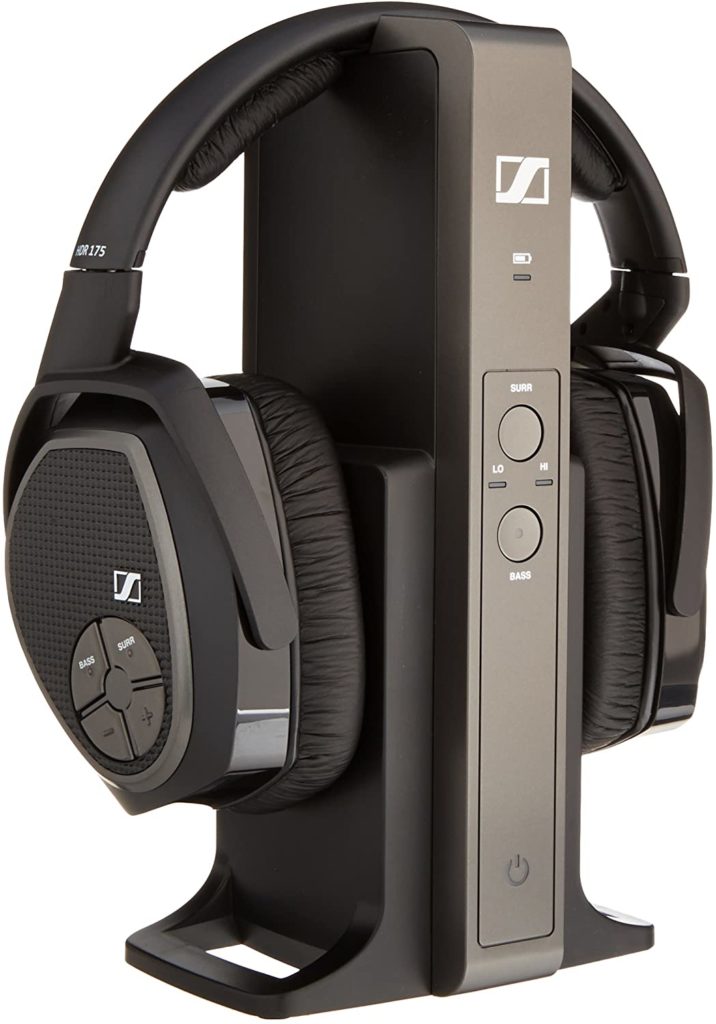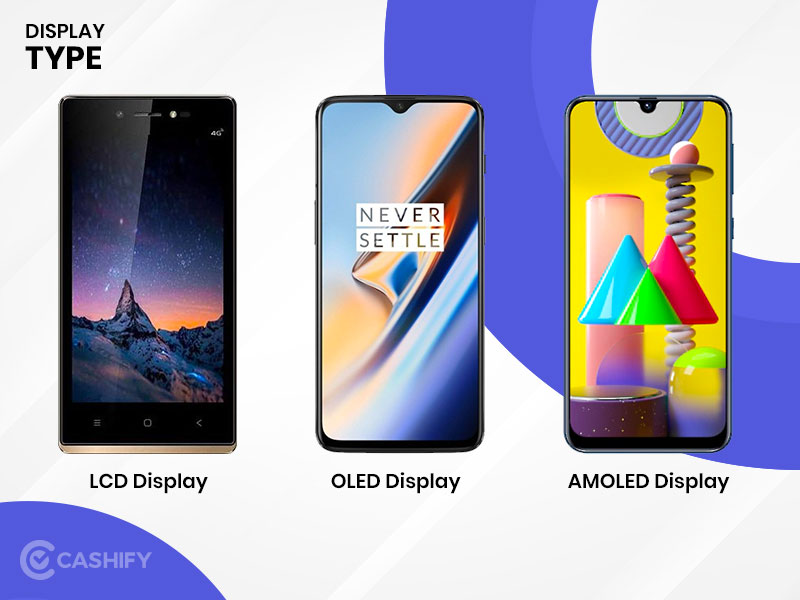Computers and AI have seeped into every nook and cranny of today’s globalized world. Therefore, it is even more essential than ever before to keep up with new developments in the tech world, and this is only possible once you have a good grasp of the basics- coding.
Like the different languages of people, computers have a language of their own, called code. This code is learned through various programming languages, depending on the architecture of the computer, usage, and the level of difficulty of the task you want to perform.
With many programming languages available to take your pick from, it’s natural to get confused about where to start. Will this language be suitable for me? How fast can I master it? Is it better to learn this first or that? If these questions have been haunting you, this article will be a good place to dip your toes into the expansive world of coding. Afterward, if you want to start learning code, check out Command Shift to learn more on how to get started!
Table of Contents
1. Python
Developed in the 1980s by Dutch programmer Guido van Rossum, this high-level programming language has quickly achieved massive success and is currently the most in-demand and widely used. Interestingly to note, the name was coined from a 70’s BBC comedy series called “Monty Python’s Flying Circus,” where the word “python” immediately struck Van Rossum. To him, it was a great fit for his programming language, characterizing its “short, unique, and mysterious” nature.
Python’s flexible and general purpose built allows its applications to run far and wide, becoming the favorite choice amongst renowned GUI-based software developers like Instagram, Google, YouTube, Facebook, and Netflix, to name a few.
In retrospect, coding basics can be challenging to wrap your head around, but Python allows one to breeze through them with its easy-to-learn and read syntax and fewer lines of code.
2. MATLAB
Another awe-inspiring programming language that was developed in the 80s was MATLAB. The name, an abbreviation for matrix laboratory, took the scientific and mathematical world by storm, and more and more people flocked to master it. While it mainly hit the jackpot with researchers, engineers, and data analysts, its technical and specialized infrastructure did not deter other ambitious coders from learning the ropes.
As the modern age tries to reduce dependency on manual labor and replace it with high-tech and more error-less AI software, it would not be wrong to say that MATLAB has played a huge role in it. By imitating intelligent human behavior, MATLAB enables you to create highly sophisticated graphic user interfaces and perform complex, time-consuming tasks within mere minutes. That is why many industries have taken a keen interest in the language since its inception, and use it to predict, model, simulate and ensure the smooth operation of their equipment and processes.
3. C, C++, and C#
Also known as the C family of programming languages, C, C++, and C# is a popular and well-loved option among both old and new coding learners. Initially classified as a beginner’s, low-level language, C language continued to develop over the years and ameliorated into the C++ and C# widely taught in college courses nowadays.
Conveniently, being prevalent for decades in the educational and computer sector, various resources are available online to gain knowledge about them. The usage of English words also makes the code easier to write and memorize, making its mark an incredibly viable choice for data scientists, machine learning engineers, and freelancing programmers. Listed in most, if not all, hiring opportunities for software developers.
That’s three options to choose from, you say. Which one’s for me? The C language family is versatile and hospitable to all kinds of learners. As the level of sophistication increases from C to C++ to C#, it is entirely up to you where to begin. If a firmer grasp of coding concepts is what you are looking for and you are curious about why the need for new programming languages arose, we recommend starting from scratch with C.
4. Swift
This programming language was developed by none other than the trillion-dollar multinational company, Apple. If you’re looking for a way to squeeze into a job in macOS and IOS application and software building or work for the tech giant itself, learning Swift would be a very profitable decision. Released in 2014, it’s the latest language giving its competitors a run for their money.
Swift’s amazing prowess in building application software can be gauged by the fact that it removes many of the redundancies present in other programming languages such as the use of parentheses in conditional if/else statements and semicolons to terminate expressions.
Conclusion
The ones listed in this article are only a drop in the ocean of programming languages, but we think they would be easier to learn; whether it be to boost your career growth or quell a penchant for learning.
Happy Reading.

